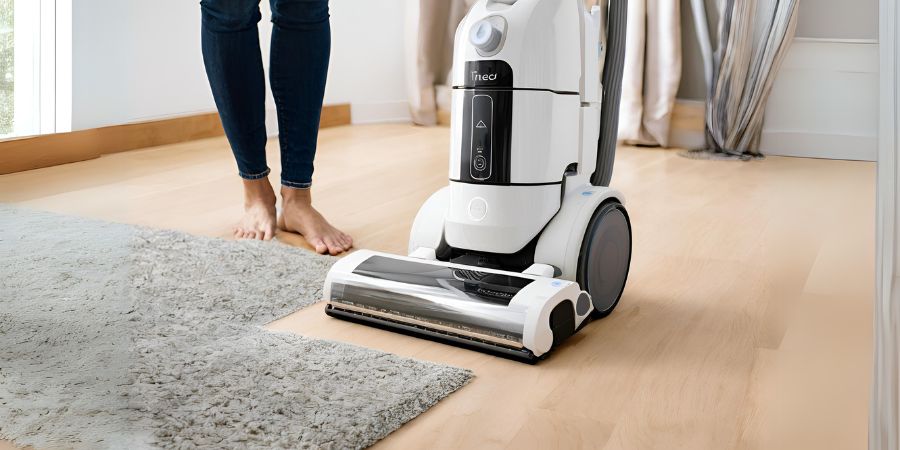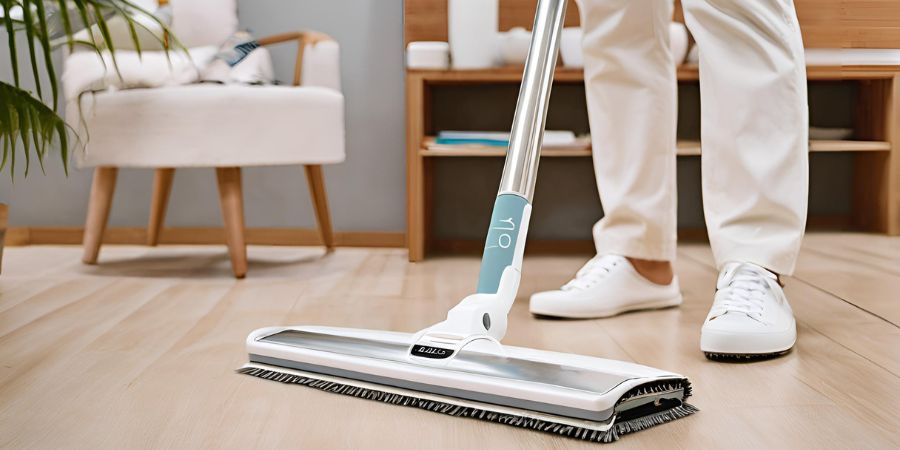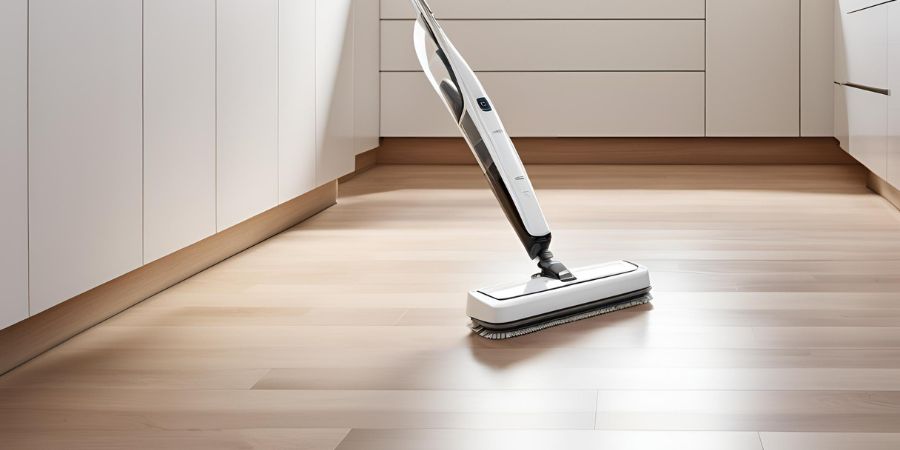Keeping your home clean has never been easier, thanks to advanced cleaning devices like Tineco’s smart vacuum cleaners and floor washers. One of the standout features of many Tineco models is the self-cleaning cycle, which ensures that your device remains hygienic and functional without manual effort. In this article, we’ll cover everything you need to know about how to start the self-cleaning cycle on Tineco devices, along with tips to maximize their performance.
What Is the Tineco Self-Cleaning Cycle?
The self-cleaning cycle is an innovative feature available in many Tineco vacuum and mop models, such as the iFloor and Floor One series. This function allows the machine to clean itself automatically, preventing clogs, removing dirt, and ensuring that your floors remain as spotless as your device.
With just a few steps, you can maintain your Tineco cleaner in peak condition, extending its lifespan and ensuring consistent cleaning performance.
Why Is the Self-Cleaning Cycle Important?
1. Prevents Buildup
The self-cleaning feature removes dirt, hair, and debris trapped in the roller brush and internal tubes. This prevents buildup, ensuring smooth operation.
2. Ensures Hygienic Cleaning
By eliminating grime and bacteria from the device, the self-cleaning cycle ensures that your floors are cleaned with a sanitary machine every time.
3. Saves Time
Manually cleaning a vacuum’s components can be time-consuming and messy. The self-cleaning cycle automates this task, saving you valuable time.
4. Extends Device Lifespan
Regular maintenance through the self-cleaning function reduces wear and tear on internal parts, prolonging the life of your Tineco cleaner.
Step-by-Step Guide: How to Start the Self-Cleaning Cycle on Tineco
Follow these easy steps to initiate the self-cleaning cycle on your Tineco cleaner:
Step 1: Check Your Model
Ensure that your Tineco model supports the self-cleaning feature. Most Tineco wet/dry vacuum cleaners, like the iFloor 3 and Floor One S5, come with this function.
Step 2: Prepare the Device
- Charge the Battery: Ensure your device has sufficient battery life to complete the self-cleaning cycle.
- Fill the Clean Water Tank: Add clean water to the designated tank. Some models also recommend using a Tineco cleaning solution for optimal results.
Step 3: Place the Device on the Charging Dock
The self-cleaning cycle requires the device to be on its charging base or designated cleaning tray. This ensures that the dirty water is collected and disposed of properly.
Step 4: Activate the Self-Cleaning Cycle
- Press the Self-Cleaning Button: Locate the self-cleaning button on your Tineco device. It is usually marked with a brush or water drop icon.
- Wait for the Cycle to Complete: The process typically takes a few minutes. The device will clean the roller brush and internal tubes, draining dirty water into the waste tank.
Step 5: Empty the Dirty Water Tank
After the cycle is complete, empty the dirty water tank and rinse it out to prevent unpleasant odors.
Tips for Optimal Use of the Tineco Self-Cleaning Cycle
1. Use Recommended Cleaning Solutions
While clean water is sufficient for the self-cleaning cycle, Tineco’s specialized cleaning solutions enhance the process by breaking down dirt and grease effectively.
2. Perform the Cycle After Each Use
Activating the self-cleaning function after every cleaning session ensures that your device is always ready for the next use.
3. Inspect the Roller Brush Regularly
While the self-cleaning cycle removes most debris, it’s a good idea to check the roller brush occasionally for any tangled hair or large debris.
4. Clean the Waste Tank Thoroughly
Rinse the dirty water tank and filter thoroughly to avoid residue buildup and odors.
Troubleshooting Common Issues
If you encounter any problems when starting the self-cleaning cycle on your Tineco, here are some solutions:
Issue 1: The Self-Cleaning Cycle Doesn’t Start
- Solution: Ensure the device is properly seated on the charging dock and has enough battery life. Check for any blockages in the clean water tank or tubes.
Issue 2: Dirty Water Tank Overflows
- Solution: Empty the dirty water tank before starting the self-cleaning cycle to prevent overflow.
Issue 3: Unpleasant Odors
- Solution: Use Tineco’s cleaning solution during the cycle and clean the waste tank thoroughly after each session.
Issue 4: Roller Brush Remains Dirty
- Solution: Inspect the roller brush for stubborn debris and clean it manually if needed.
Frequently Asked Questions (FAQs)
1. Can I use regular soap for the self-cleaning cycle?
It’s recommended to use Tineco’s cleaning solution to avoid potential damage to the device. Regular soaps may create excessive foam or leave residues.
2. How often should I use the self-cleaning cycle?
For best results, run the self-cleaning cycle after every cleaning session.
3. What should I do if the self-cleaning button doesn’t respond?
Ensure your device is charged and seated correctly on the dock. Refer to the user manual for additional troubleshooting steps.
4. Can the self-cleaning cycle damage my device?
No, the self-cleaning cycle is designed to maintain your Tineco cleaner safely. Follow the instructions provided in the user manual to ensure proper operation.
Conclusion
Learning how to start the self-cleaning cycle on Tineco devices is a simple yet essential step in maintaining your vacuum’s performance. By following the steps outlined in this guide and using the feature regularly, you can enjoy a cleaner, more efficient machine for years to come. Keep your floors and your device spotless with minimal effort, thanks to Tineco’s advanced self-cleaning technology.



